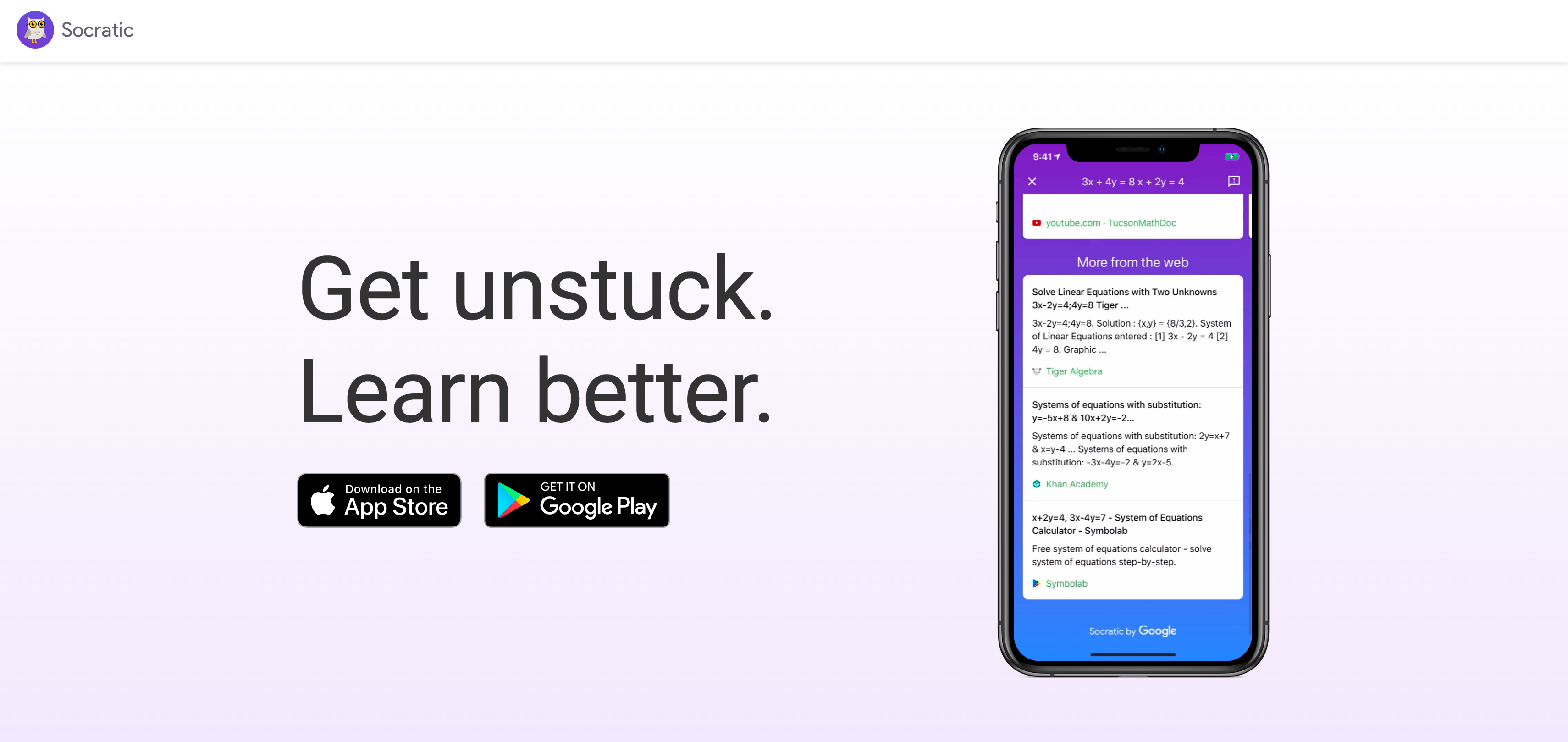The way we approach education, particularly in mathematics, has changed a lot over the past few years. As students face increasingly complex math problems, AI-powered tools have emerged as invaluable resources for learning, problem-solving, and skill development. These innovative applications offer features ranging from instant problem recognition to step-by-step explanations, catering to learners at all levels.
In this article, we explore some of the best AI math tools that are transforming the landscape of mathematical education and empowering students and educators to tackle challenges.
Socratic by Google is a free mobile app designed to help high school and university students with their studies by providing relevant educational resources and detailed explanations to their questions. Powered by Google’s artificial intelligence, Socratic allows students to ask questions using voice, text, or images, and delivers high-quality learning materials tailored to their needs.
Acquired by Google in 2018, Socratic has become a go-to study companion for students looking for quick, reliable answers and in-depth explanations across a wide range of subjects, including math, science, literature, and social studies. By leveraging advanced AI algorithms, the app identifies the core concepts behind each question and curates the most relevant content from trusted sources across the web.
Key features of Socratic by Google:
- Versatile input methods: Students can ask questions by typing, speaking, or simply snapping a picture of their handwritten notes or textbook pages.
- AI-powered content curation: Socratic’s algorithms analyze each question to identify key concepts and find the most relevant explanations, videos, and step-by-step solutions.
- Comprehensive subject coverage: The app supports a wide range of academic subjects, including Algebra, Geometry, Biology, Chemistry, Physics, History, and Literature.
- Expert-created study guides: Socratic partners with educators to provide visually engaging explanations and study guides for each subject, ensuring the content aligns with educational standards.
- Personalized learning experience: By understanding each student’s question and learning style, Socratic tailors its content recommendations to their individual
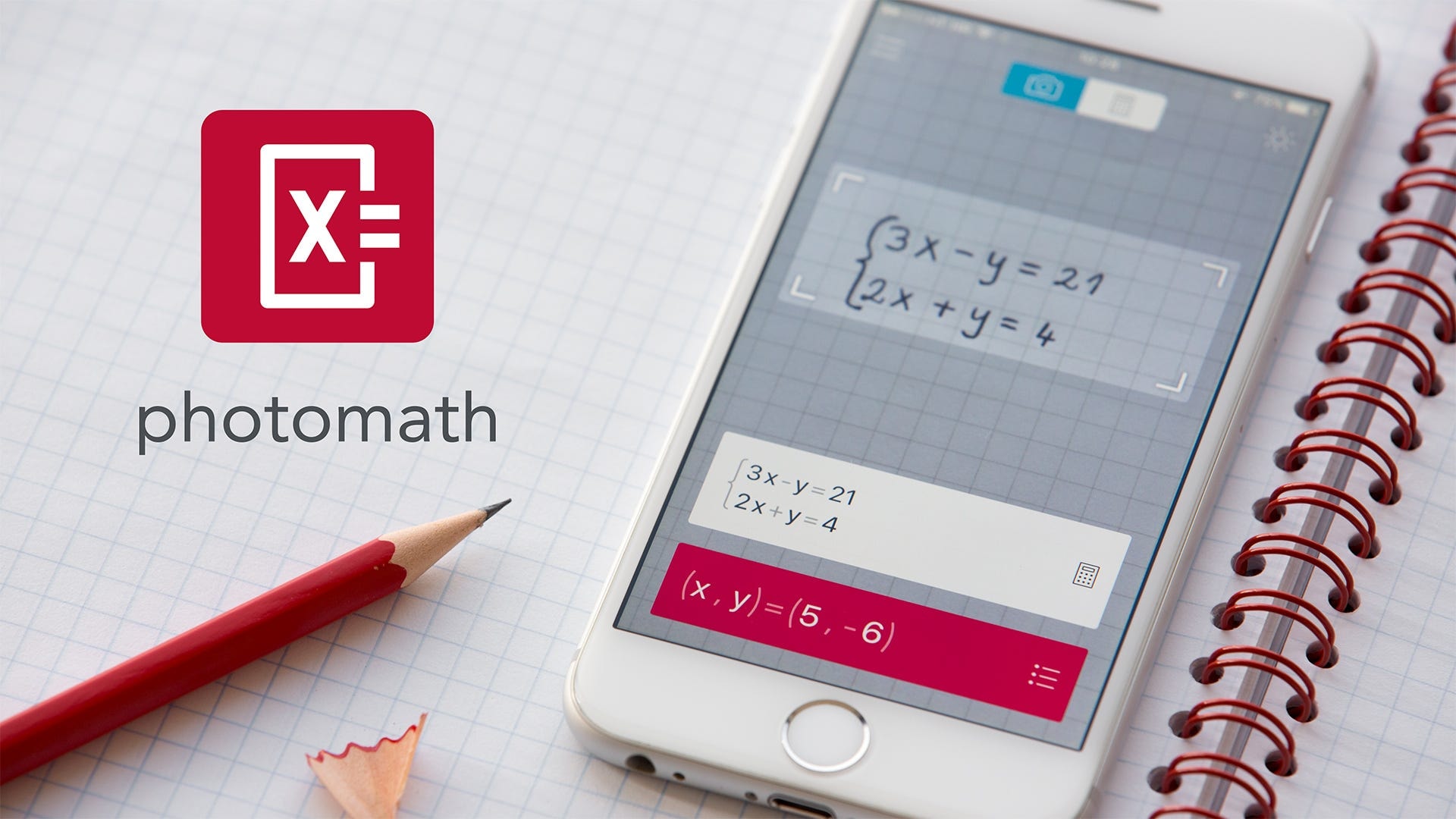
Photomath is a popular mobile app that uses advanced computer vision and artificial intelligence to provide instant solutions to math problems. By simply pointing your smartphone camera at a math equation, Photomath can recognize and solve it, providing step-by-step explanations to help users understand the problem-solving process. The app covers a wide range of math topics, from basic arithmetic to advanced calculus, making it a valuable tool for students of all levels.
One of the key strengths of Photomath is its ability to recognize handwritten equations, not just printed text. This feature uses a neural network model that has been trained on over 100,000 images of handwritten math expressions, achieving an impressive 98% accuracy rate.
Key features of Photomath:
- Instant problem solving: Simply point your camera at a math problem, and Photomath will provide the solution in real-time, along with a step-by-step explanation of how to arrive at the answer.
- Handwriting recognition: Photomath can recognize and solve handwritten math problems with high accuracy, thanks to its advanced neural network model.
- Step-by-step explanations: The app breaks down each problem into clear, easy-to-follow steps, helping users understand the problem-solving process and learn at their own pace.
- Interactive graphs: Photomath generates interactive graphs to help visualize problems, allowing users to explore key features like roots, minimum and maximum values, and more.
- Wide range of topics: The app covers math topics from basic arithmetic to advanced calculus, including algebra, trigonometry, statistics, and more, making it suitable for students at all levels.

MathGPTPro is a cutting-edge AI-powered math learning app for homework help and math education. By leveraging advanced Math GPT (Generative Pre-trained Transformer) AI technology, MathGPTPro provides real-time, interactive solutions to math problems across a wide range of subjects, including algebra, calculus, physics, chemistry, engineering, biology, and statistics.
The app’s Beta model boasts 25% higher accuracy than GPT-4 in math and STEM-related problem-solving. MathGPTPro goes beyond traditional math solvers by offering an immersive learning experience. The AI delves into the logic behind each question, providing not just answers but a comprehensive understanding of methods and principles. With its photomath recognition technology, students can simply snap a picture of a problem, and MathGPTPro instantly analyzes and solves any equation or problem.
Key features of MathGPTPro:
- AI-enhanced understanding: MathGPTPro provides step-by-step solutions and detailed explanations, ensuring students grasp the underlying concepts.
- Photomath simplicity: Users can easily input problems by taking a photo, and the app’s advanced recognition technology does the rest.
- Wide range of subjects: MathGPTPro covers various STEM subjects, including math, physics, chemistry, engineering, biology, and statistics.
- Interactive learning: The app offers animated tutorials and interactive problem-solving, making learning engaging and enjoyable.
- Always-ready homework help: With MathGPTPro, students have access to a personal tutor 24/7, providing assistance whenever needed.
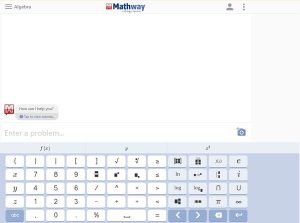
Mathway is a powerful math problem solver app that provides instant solutions to a wide range of math problems, from basic arithmetic to advanced calculus. Developed by Chegg, a leading education technology company, Mathway has become a go-to resource for students seeking quick, reliable answers to their math questions.
Mathway can recognize and solve problems entered in various formats, including typed equations, handwritten expressions, and even photos of textbook pages. The app’s advanced AI algorithms analyze the input and provide accurate, step-by-step solutions, making it easy for students to follow along and learn from the problem-solving process. This versatility makes Mathway an indispensable tool for students who may struggle with typing out complex equations or prefer to work with handwritten notes.
Key features of Mathway:
- Comprehensive math coverage: Mathway supports a wide range of math subjects, including basic math, pre-algebra, algebra, geometry, trigonometry, precalculus, calculus, and statistics.
- Step-by-step explanations: The app provides detailed, step-by-step solutions to help students understand the problem-solving process and reinforce their learning.
- Multiple input methods: Students can enter problems by typing, handwriting, or simply taking a picture of their textbook or worksheet.
- Graphing capabilities: Mathway includes a powerful graphing calculator that allows users to plot and analyze functions, making it a valuable tool for advanced math courses.
- Customizable experience: Users can select their preferred solving method and customize the app’s settings to suit their learning style and needs.
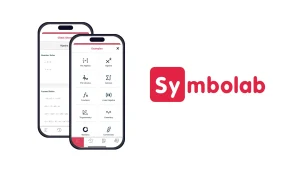
Symbolab is an advanced mathematics education platform that leverages artificial intelligence to provide step-by-step solutions to a wide range of math problems. Developed by Israeli startup EqsQuest Ltd. and released in 2011, Symbolab has become a go-to resource for students seeking to understand complex mathematical concepts and improve their problem-solving skills.
Symbolab offers comprehensive coverage of math subjects, ranging from pre-algebra and geometry to calculus, trigonometry, and beyond. The platform’s AI algorithms can interpret and solve problems entered in various formats, including typed equations, handwritten expressions, and even photos of textbook pages. This versatility makes Symbolab accessible to students with different learning styles and preferences.
Key features of Symbolab:
- Step-by-step solutions: Symbolab provides detailed, step-by-step explanations for each problem, helping students understand the problem-solving process and reinforce their learning.
- Handwriting recognition: The platform’s advanced AI can recognize and solve handwritten math problems with high accuracy, making it easy for students to get help with their handwritten homework or notes.
- Comprehensive subject coverage: Symbolab supports a wide array of math topics, including algebra, geometry, trigonometry, calculus, statistics, and more.
- Interactive graphing: The platform offers a powerful graphing calculator that allows users to plot and analyze functions, making it a valuable tool for visualizing complex mathematical concepts.
- Practice and quizzes: With a paid subscription, students can access personalized practice problems and quizzes to hone their skills and track their progress.
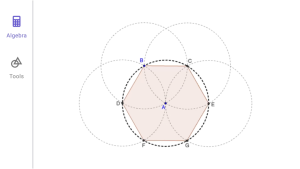
GeoGebra is an interactive mathematics software suite for learning and teaching mathematics and science from primary school to university level. Developed by Markus Hohenwarter in 2001 as part of his master’s thesis at the University of Salzburg, GeoGebra has evolved into a leading provider of dynamic mathematics software, supporting STEM education and innovations in teaching and learning worldwide.
GeoGebra connects geometry, algebra, spreadsheets, graphing, statistics and calculus in one easy-to-use package. This dynamic linkage between different mathematical representations allows students to explore and understand mathematical concepts in a visual and interactive way. GeoGebra’s user-friendly interface and wide range of tools make it accessible to students of all levels.
Key features of GeoGebra:
- Dynamic geometry: GeoGebra allows users to create and manipulate geometric constructions with points, vectors, segments, lines, polygons, and conic sections. These constructions can be modified dynamically, enabling students to explore geometric relationships and properties.
- Algebraic input: Equations and coordinates can be entered directly using the keyboard. GeoGebra’s algebra view displays the symbolic representation of constructed objects, facilitating the connection between geometry and algebra.
- Spreadsheet integration: GeoGebra includes a spreadsheet view that allows users to explore mathematical concepts using a familiar interface. Data from the spreadsheet can be easily plotted in the graphics view.
- Interactive graphing: Functions can be defined algebraically and then dynamically modified using sliders. Students can investigate the behavior of functions and the effects of parameters on their graphs.
- Scripting and tools: GeoGebra offers a range of scripting options and tools for creating interactive learning materials, simulations, and animations. These can be easily shared online through the GeoGebra Materials platform.

MathPapa is an online algebra calculator and AI educational tool designed to help students learn and practice algebra concepts. The platform offers step-by-step solutions to a wide range of algebra problems, making it an invaluable resource for students seeking to improve their understanding of the subject.
One of the key strengths of MathPapa is its comprehensive coverage of algebra topics, including linear equations, quadratic equations, inequalities, graphing, factoring, and systems of equations. The platform’s AI-powered calculator can solve problems entered in various formats, such as typed equations or expressions, providing detailed, step-by-step explanations to help students follow the problem-solving process.
Key features of MathPapa:
- Step-by-step solutions: MathPapa provides detailed, step-by-step explanations for each problem, breaking down the solution process to help students understand the underlying concepts and techniques.
- Algebra lessons: The platform offers a collection of algebra lessons, covering key topics and providing clear explanations and examples to support student learning.
- Practice problems: MathPapa includes a practice section where students can test their understanding by solving algebra problems and receiving immediate feedback on their answers.
- Mobile app: The MathPapa mobile app, available for Android devices, allows students to access the calculator and learning resources on the go, making it convenient to practice and learn algebra anytime, anywhere.
- Free and premium options: While MathPapa offers a free version with basic features, students can upgrade to a premium subscription for access to additional resources, such as unlimited step-by-step solutions and ad-free experience.
Enhancing Mathematical Understanding with AI
The integration of AI in education has opened up new possibilities for students and educators alike. These advanced tools not only solve math problems but also explain mathematical concepts in ways that traditional methods often struggle to achieve. By providing step-by-step solutions, AI math tools help students grasp the underlying principles behind complex equations and formulas.
For advanced math students, these AI-powered applications offer an opportunity to explore challenging topics and push their boundaries. Whether it’s tackling calculus, linear algebra, or statistics, these tools can provide instant feedback and guidance, allowing students to progress at their own pace. Additionally, the visual representations and interactive elements offered by many of these platforms make abstract mathematical concepts more tangible and easier to understand.
While various AI-based applications have gained popularity, it’s important to remember that they should complement, not replace, traditional learning methods. Educators can leverage these AI tools to create more engaging lesson plans, address individual student needs, and provide personalized support. By combining human expertise with AI capabilities, we can create a more effective and inclusive math learning environment that helps students overcome math challenges and develop strong math skills for the future.
As technology continues to evolve, we can expect even more sophisticated AI-powered educational tools to emerge, further enhancing our ability to teach and learn mathematics effectively. The future of math education looks bright, with AI serving as a powerful ally in nurturing the next generation of mathematical thinkers and problem-solvers.


Credit: Source link



